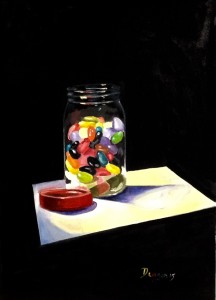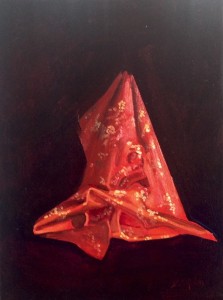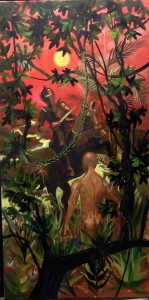- CUBISM REVISITED
There is no such thing as Cubism. Not according to the unreliable Picasso. Nonetheless,something happened, and one name is as good as another.
The rectangular transparent mark of Cezannes square flat hog hair brush occasioned the description “little cubes”. It resonated and stuck. We are stuck with Cubism.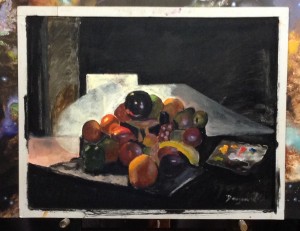 n
n
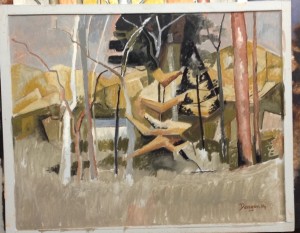
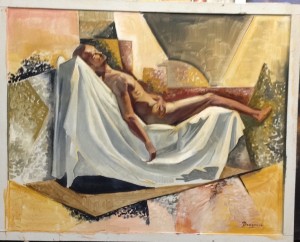
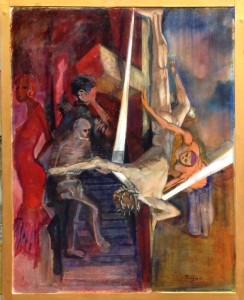 TT
TT
If we draw a square, it could just as easily represent one of Cezannes brushmarks,the frame of a painting, a plan or elevation of a cube. All would be true. Should we wish to show all six sides,we open it out and flatten it,in one of a finite number of configurations,like a cardboard cube in the cereal box with little flaps ready to glue.
This flattening means the cube occupies more space in the picture frame,so if we draw many cubes ,overlapping is almost inevitable Overlapping was in the air. Photographic double exposures,xrays,and new huge shop windows that showed not only the merchandise in the window but also the artists reflection and what lay behind him in the street. According to the reliable Braque,speculation about the Fourth dimension had nothing to do with it. Cezanne had overlapped his brushmarks while looking for an edge wavering between binocular and monocular vision.That was enough. Bargue had emphasised all drawing began with line,and straight ones at that.The horse had bolted,and Einstein was not in the saddle.
For anyone searching for alternative visual language,empire building provided access to an array of indigenous art via anthropology, and protoclassical art via archeology. You didnt find tribal artifacts in the ” Art” gallery,but when found, distortion,frontality.simplification, suggested formal possibilities unimagined by the Salon.
Lets examine our “little cube” more closely. Lets assume we draw it, and as we roll it between thumb and forefinger a remarkable fact emerges. Sometimes we see only the square side plane. All the rest is hidden.
Then we are presented with two planes which recede from the line where the planes meet. The line.is parallei to the picture plane.
Finally in three point perspective a corner reveals three planes receding,and all visible. Up to this point all is tradition.
BUT, i want more….More sides,and i have two choices. I can flatten my cube as before..or i can present the cube as a skeletal linear structure so i can see the hidden planes behind. In orthographic perspective any competent engineer or architect would understand..Remember,the cubists tried to explain their goals tO the public.They expected comprehension.
I now have two strategies for revealing the planes,lines ,and corners including those hidden in traditional perspective. But which to use? How far do we dissemble our cube in order to reassemble it? It is important to realise these choices or options are arbitrary but not random.
For example,can we keep the transparency and .”fill in ” some planes.? ..”paysage ” was the response. Translated, it means to walk through the landscape. Technically it meant breaking the” asterisks” created when lines intersect, typically a divisionist brush did the walking
Once paysage is introduced then light becomes an issue. Unshackled from perspective,it forms a continuous counterchange of chiaroscuro ,building toward the focus point.,not unlike the “cone of liight” of traditional drawing but conceived not just percieved. Most facets display an internal gradual transition of tone.
This brings us to composition,and the differences between primitive,analytic and synthetic cubism.
Simply,Primitive Cubism remained three dimensional and simplified forms into broad planes of cylinders,cubes,cones.
Analytic cubism dissected forms further,introduced transparency,but kept an overall traditional ” elevation” view
.Synthetic cubism introduced arbitrary forms and colour.
I am concerned in this essay with analytical cubism.
Once the form is broken down into the facets of our cubes,flattened and made trensparent, we will have lost the figure we had in the first place. How to restore it? Emblematic signs( a hat,moustache,guitar).lettering, faux textures,collage were all responses Also the distinction between form and space is blurred (faceted). One technique for reassembling the image was to find and emphasise lines which could be found running continuous through the image. By using tone, these could be made to imply large planes,running above and below each other parallel to the picture plane and frequently casting shadows on each other. There is no difference between these shapes and the “envelope.” used in traditional academic drawing, even when later it was collaged first then faceted..It has become clear that these long lines defining large planes must be part of the faceting process and derive often from the “spine” or envelope of the figure. It is here the blurring of space and form begins.
Incidentally, light and colour present real difficulty that the cubists themselves avoided. Even if I change my viewpoint,the light still comes from the same direction .what is in full light is in full shadow 180 degrees around. And what light shines on the inside plane?
Finally,one aspect of modernism in general is the degree of ” finish”. It became part of the aesthetic to leave the periphery underdone,implying that the process of analysis and reassembly is never complete. For me, analytical cubism itself is not complete,and remains to be explored,particularly in relation to landscape
Brian E Deagon
17 sep .2014
Sent from my iPad=
Related Images:
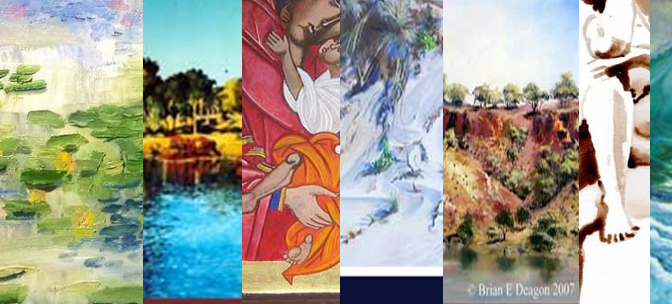
 n
n

 TT
TT
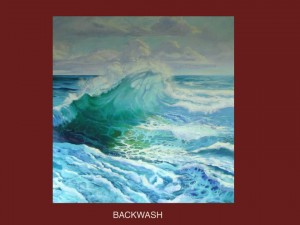
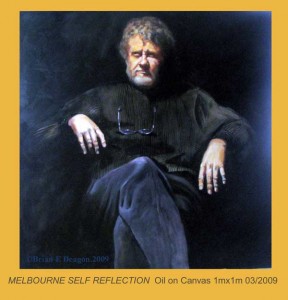
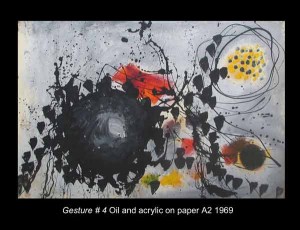
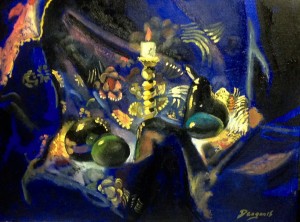 When Dave and i went fishing we were after tailor. In a fishermans shack i found a box of art books .I was learning .”art” at high school or zqqzso i thought .As it turned out,I was being propagandised to accept modern art. My box of art books didnt. These guys could paint and draw! when i mentioned Alma Tadema and Lord Leighton ,Solomon , Millais :you would think i had consorted with the devil..Not so,it was a casual encounter at the beach,
When Dave and i went fishing we were after tailor. In a fishermans shack i found a box of art books .I was learning .”art” at high school or zqqzso i thought .As it turned out,I was being propagandised to accept modern art. My box of art books didnt. These guys could paint and draw! when i mentioned Alma Tadema and Lord Leighton ,Solomon , Millais :you would think i had consorted with the devil..Not so,it was a casual encounter at the beach,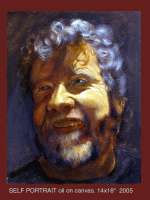

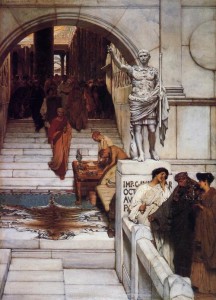
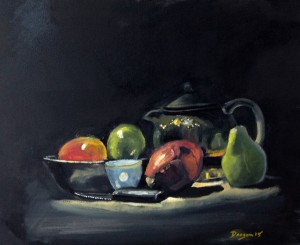
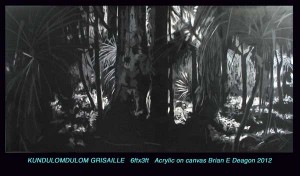
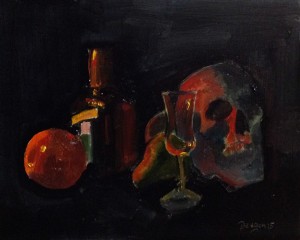 Warm and inviting or threatening to freeze like its close relative, Chaos,
Warm and inviting or threatening to freeze like its close relative, Chaos,